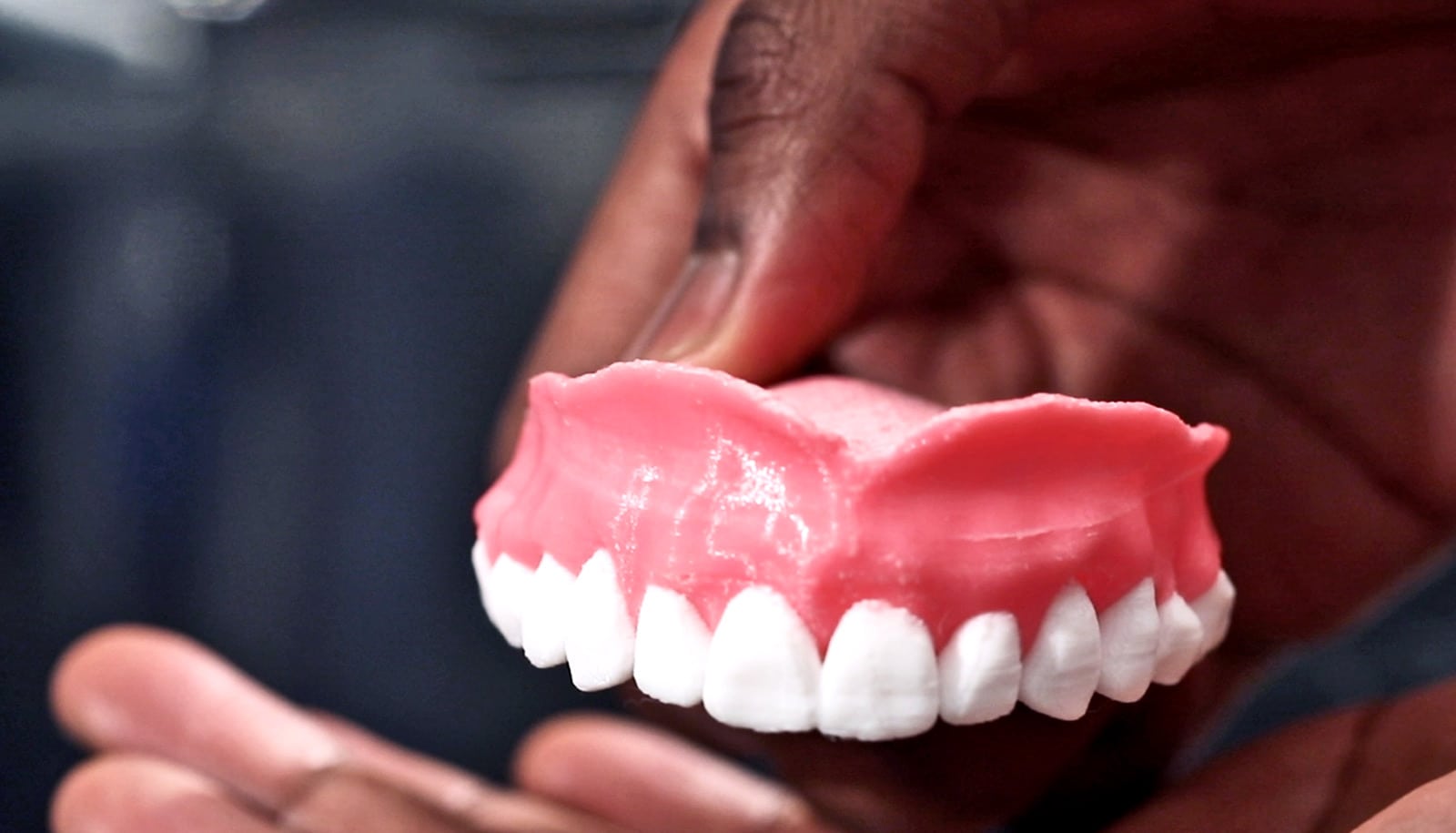Using e-cigarettes alters the microbiome in the mouth and can make users more prone to inflammation and infection, a new study shows.
The study is the first to demonstrate that vaping changes the oral microbiome—the community of bacteria and other microorganisms—and adds to our limited understanding of the safety profile of e-cigarettes, researchers report.
The mouth is a gateway to the body and harbors many microbial species that colonize our respiratory and digestive tracts. It is well established that smoking traditional cigarettes raises the risk of gum disease and infection by bringing about physiological and structural changes, fostering an environment in which certain infection-causing bacteria flourish, and contributing to immune dysfunction.
E-cigarettes—handheld devices in which nicotine is inhaled in a vapor—are thought to be less harmful than cigarettes, but little research (and no long-term data) exists on their safety. While vaping has quickly grown in popularity in recent years, more people are falling ill or dying from vaping-related illnesses.
“Given the popularity of vaping, it is critical that we learn more about the effects of e-cigarette aerosols on the oral microbiome and host inflammatory responses in order to better understand the impact of vaping on human health,” says Xin Li, associate professor of basic science and craniofacial biology at New York University College of Dentistry and co-senior author of the study in iScience.
“The oral microbiome is of interest to us because research shows that changes in its microbial community as a result of environmental and host factors contribute to a range of health issues, including cavities, gum disease, halitosis, and medical conditions such as diabetes, cardiovascular disease, and cancers,” says co-senior author Deepak Saxena, professor of basic science and craniofacial biology.
E-cigarettes and periodontal health
Li, Saxena, and colleagues examined e-cigarette vapor and its influence on the oral microbiome and immune health. They also evaluated how vaping influences infection efficiency of oral pathogens in cell lines using a novel e-cigarette aerosol generating machine and measured pro-inflammatory immune mediators.
Through oral exams and saliva samples, the researchers studied the oral microbiome of 119 human participants from three groups: e-cigarette users, regular cigarette smokers, and those who had never smoked. Gum disease or infection was significantly higher among cigarette smokers (72.5%), followed by e-cigarette users (42.5%) and non-smokers (28.2%).
Using 16S rRNA high throughput sequencing—a technique used to profile microbial communities—the researchers observed different microorganisms in the saliva of e-cigarette users, cigarette smokers, and non-smokers.
For instance, e-cigarette users had an abundance of Porphyromonas bacteria, while both e-cigarette and cigarette users had an increase in Veillonella bacteria.
“The predominance of these periodontal pathogens in the mouths of e-cigarette users and traditional smokers is a reflection of compromised periodontal health,” Li says.
Infection and inflammation
The researchers also found that the altered microbiome in e-cigarette users influenced the local host immune environment compared to non-smokers and cigarette smokers. IL-6 and IL1β—cytokines involved in inflammatory responses—were highly elevated in e-cigarette users.
Cell studies also showed upregulation of IL-6 after exposure to e-cigarette aerosols, resulting in an elevated inflammatory response. Moreover, e-cigarette aerosols made cells prone to bacterial infection, which points to a greater risk for infection in e-cigarette users.
“Our study suggests that vaping electronic cigarettes causes shifts in the oral environment and highly influences the colonization of complex microbial biofilms, which raises the risk for oral inflammation and infection,” Saxena says.
Additional coauthors are from Penn and NYU. The National Institute of Dental & Craniofacial Research, the National Cancer Institute, and the NYU Mega-Grants Initiative funded the work.
Source: NYU



